
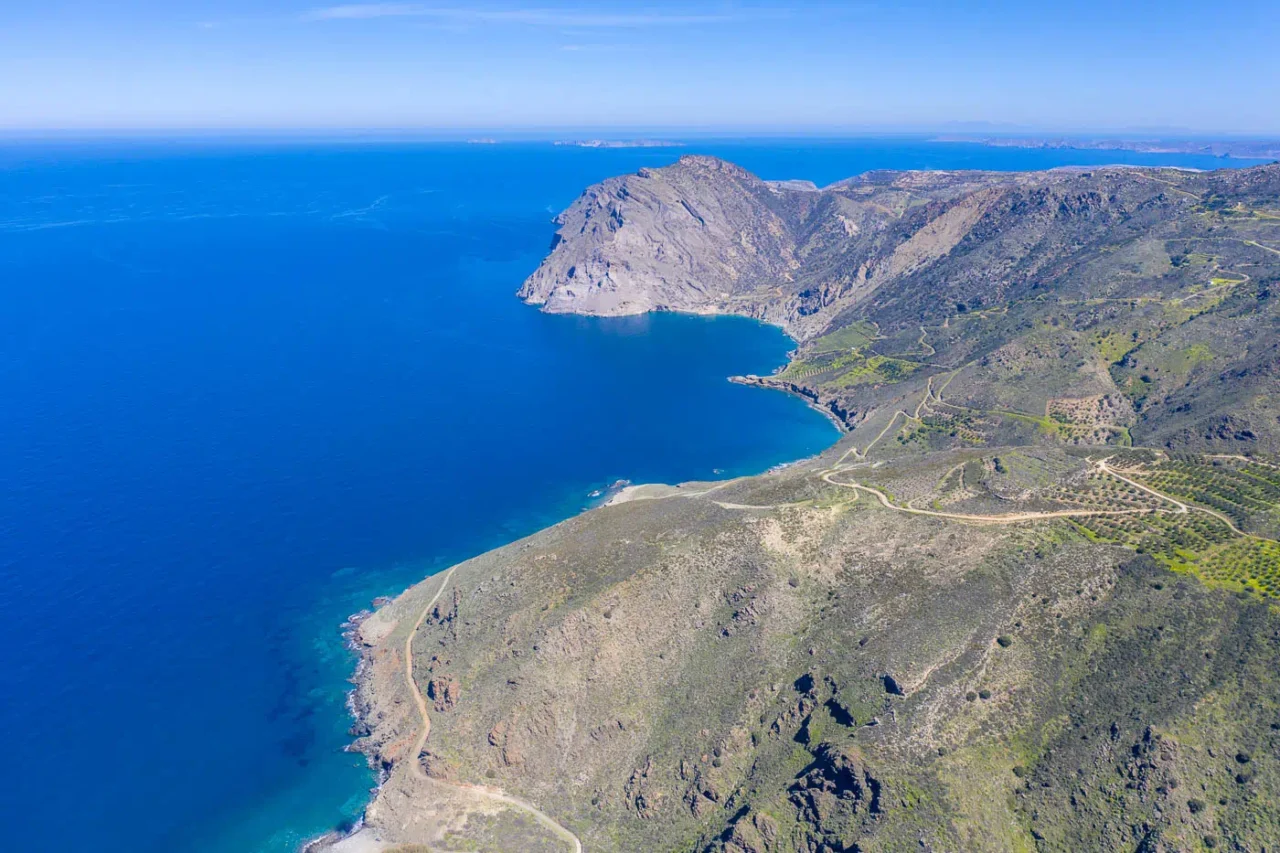
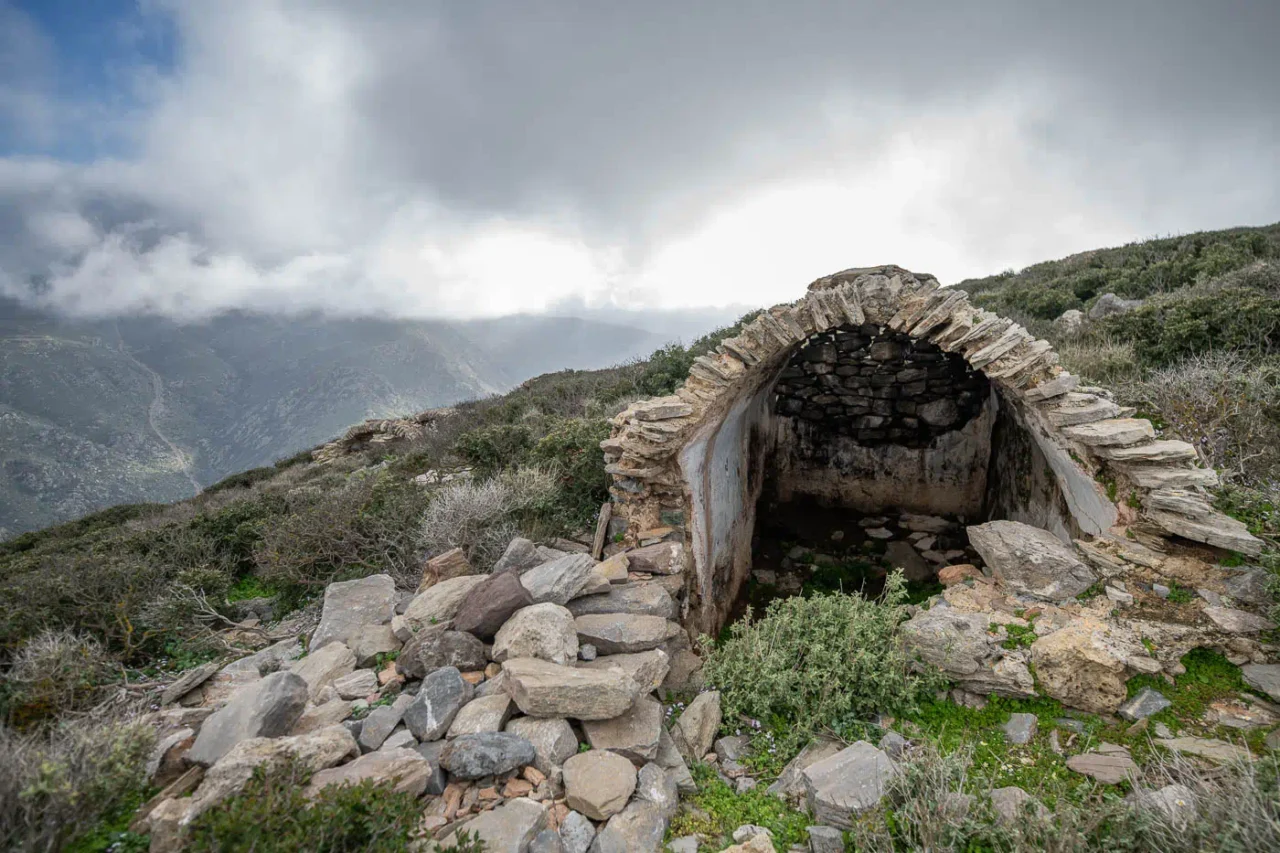
Liopetro Fortress, also known as Leon di Pietra (Lion of the Stone), is a testament to Venetian ingenuity and strategic foresight. Perched on a cliff overlooking the northern coast of Crete, near the village of Chamezi in Sitia, this imposing fortress offers panoramic views of the surrounding landscape and the sea.
Strategic Location and Purpose
The fortress’s location on a naturally fortified promontory, inaccessible from most directions except the south, provided a significant defensive advantage. Initially proposed in 1579 by Venetian Proveditor Giacomo Foscarini as a refuge for the residents of Sitia in case of a Turkish attack, the fortress was eventually built to accommodate up to 6,000 people. However, it never served its intended purpose as the residents were ultimately relocated to Heraklion (Candia).
Architectural Features
Liopetro Fortress boasts an impressive network of vaulted cisterns, remnants of various buildings, and a small church dedicated to Saint John, originally a cistern. The chapel of Prophet Elias stands at the summit, offering breathtaking views of the surrounding area. While parts of the fortress walls, particularly on the northeastern side, remain standing, much of the structure is in ruins.
Historical Significance
Although never used as a refuge, Liopetro Fortress holds significant historical value. It stands as a reminder of the Venetian presence in Crete and their efforts to protect the island from Ottoman incursions. The fortress’s strategic location and robust construction highlight the importance of maritime defense during that era.
Restoration and Preservation Efforts
Efforts are underway to preserve and restore this important historical site. The fortress’s unique location, architectural features, and historical significance make it a valuable cultural asset for Crete and a potential attraction for tourists interested in exploring the island’s rich past.
Fortifications: Key Points
- Construction Period: Early 17th century
- Location: Fachtsi area, near Chamezi village, Sitia, Crete
- Dimensions: Large enough to accommodate 6,000 people
- Historical Significance: Venetian fortress intended as a refuge for Sitia residents, never used for its intended purpose
- Current Status: Partially ruined, undergoing restoration and preservation efforts
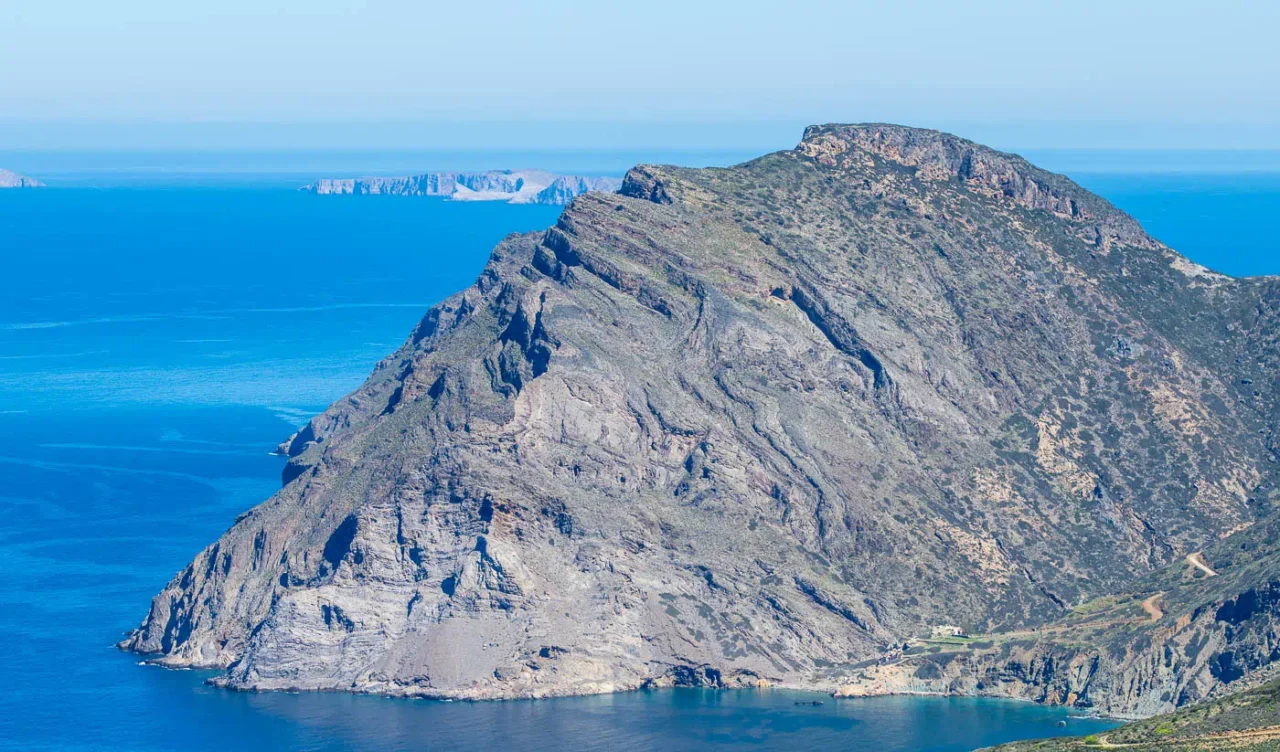
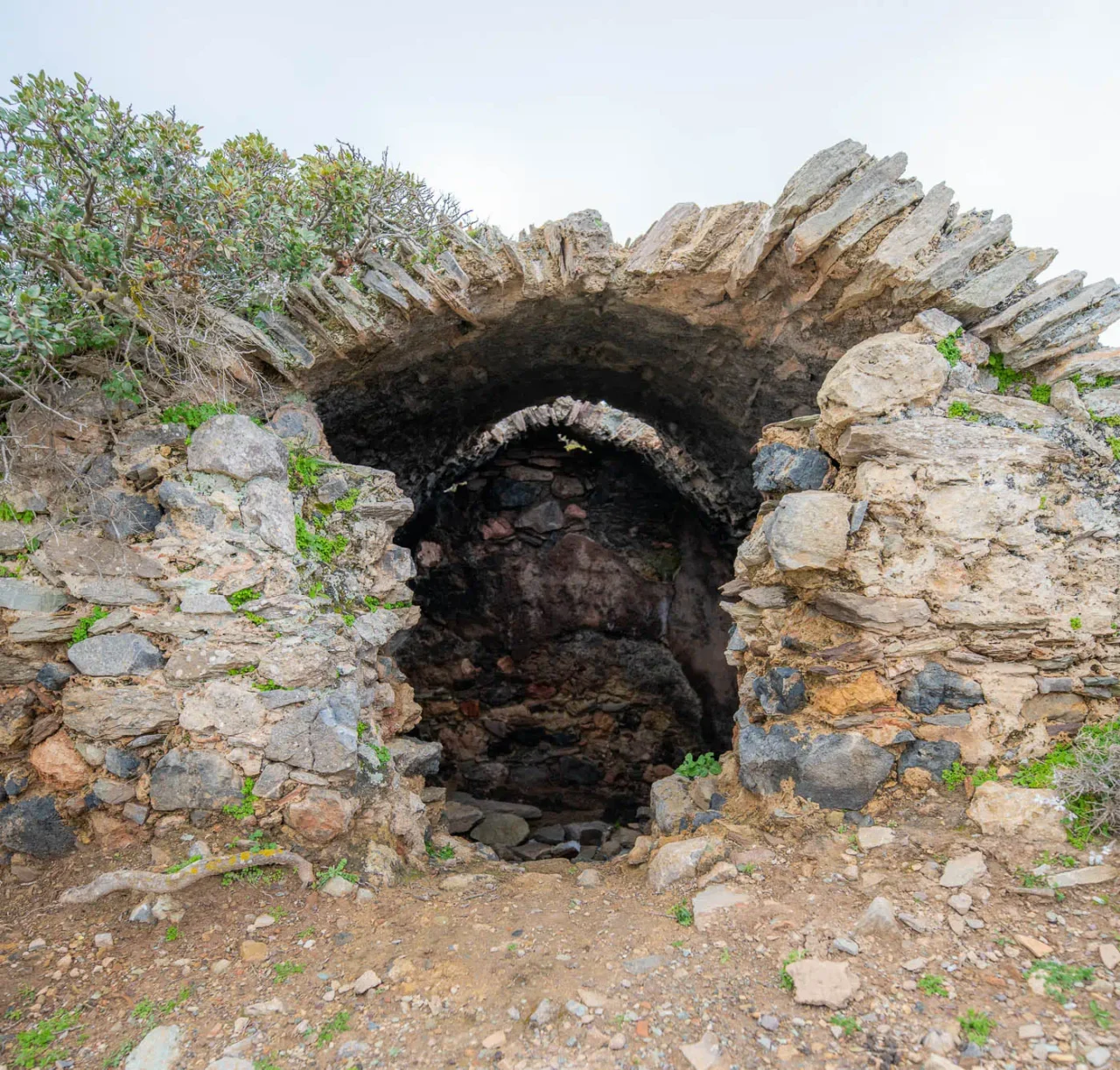
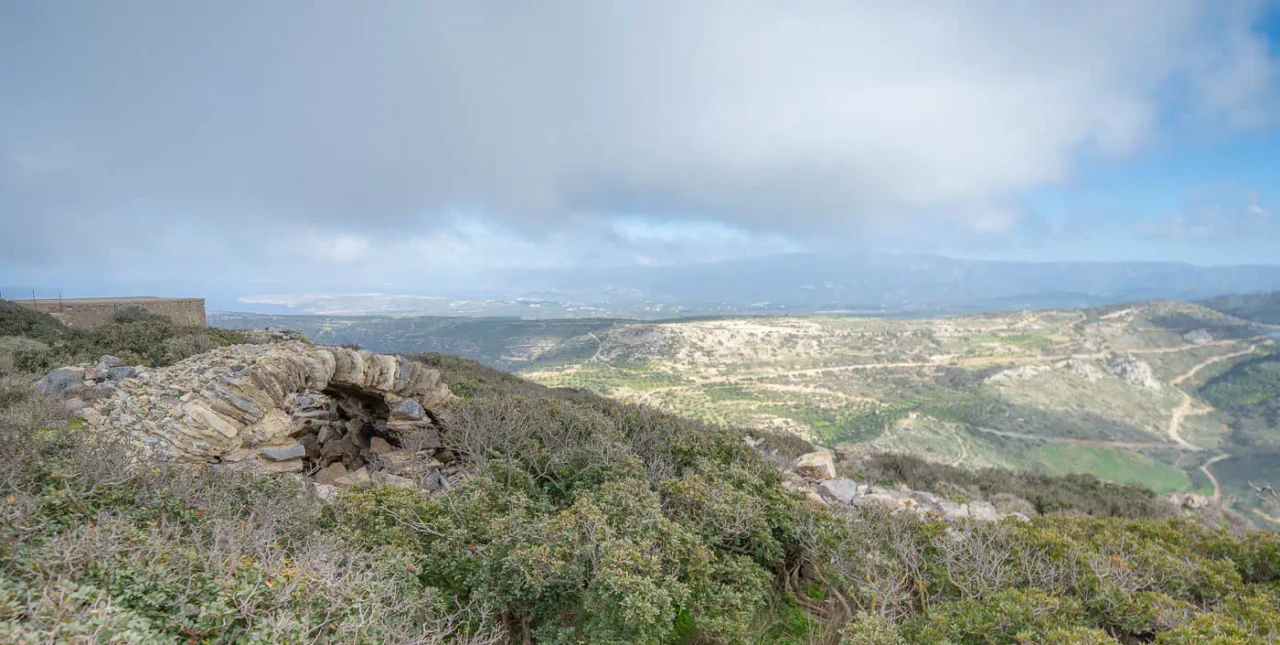













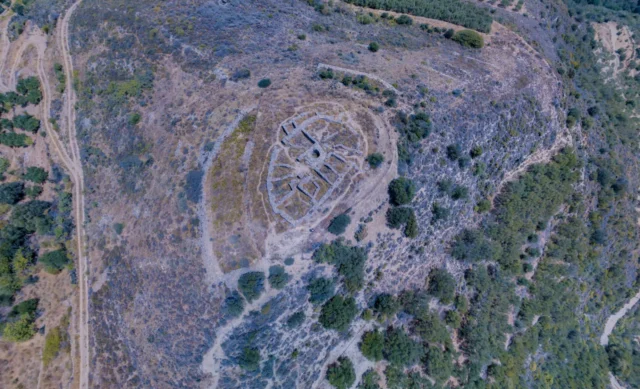


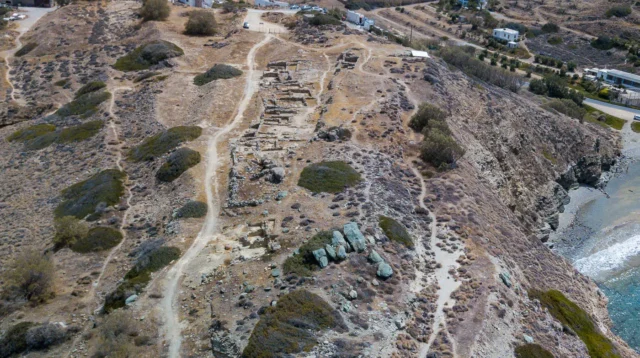

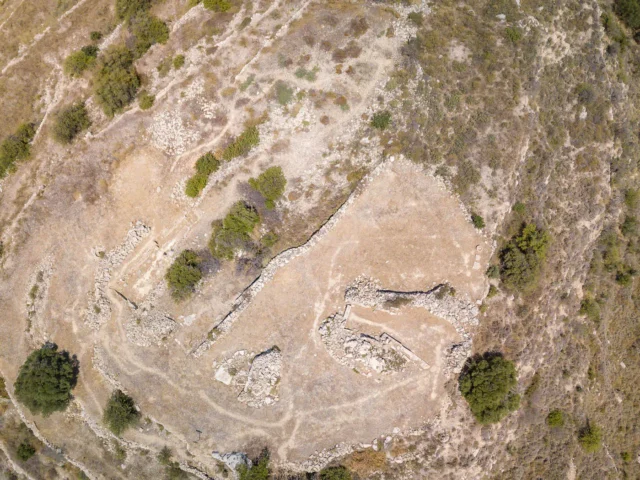
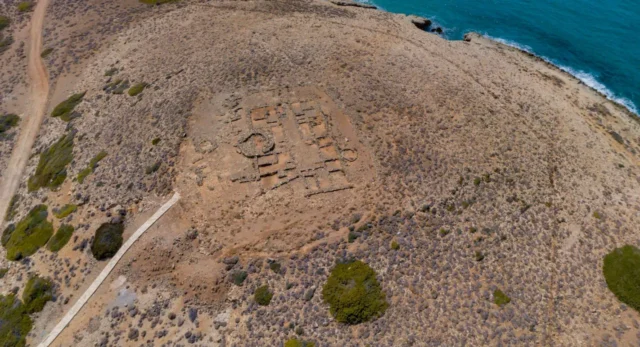
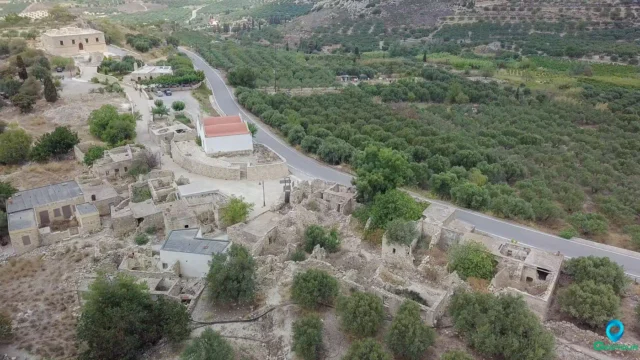
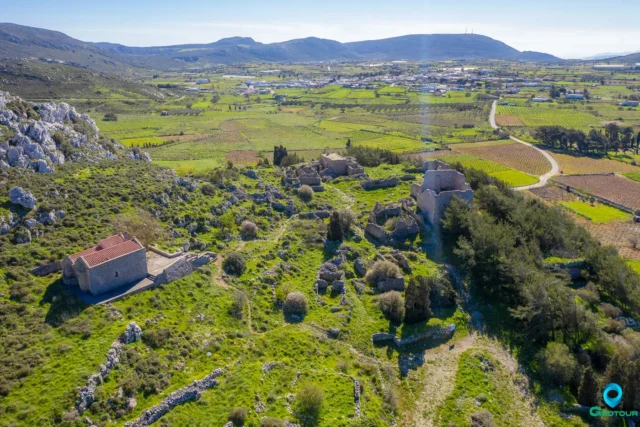


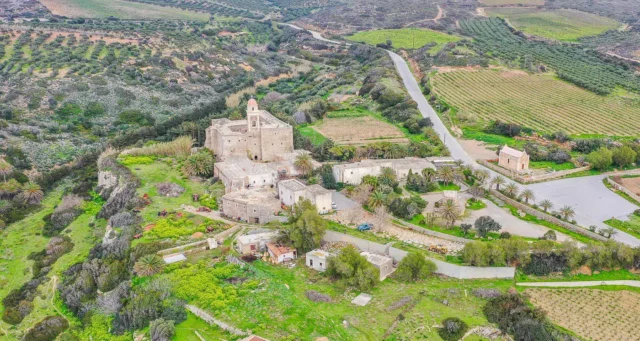
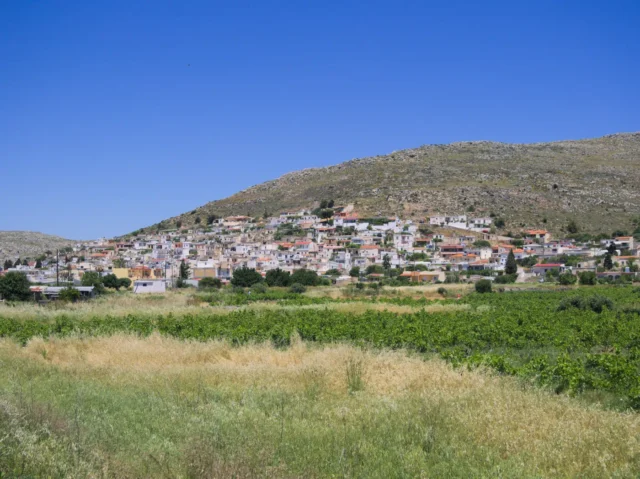
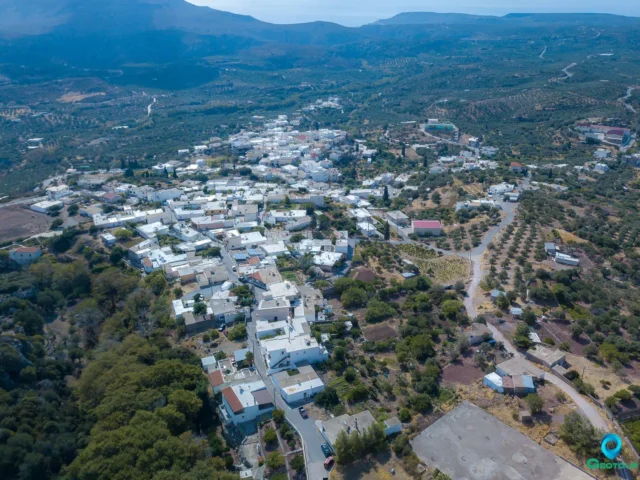
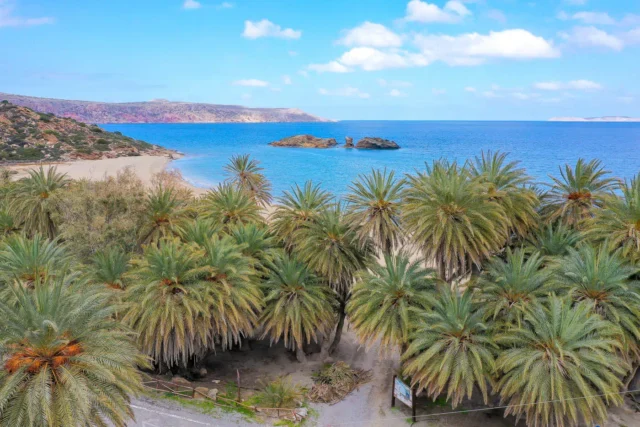
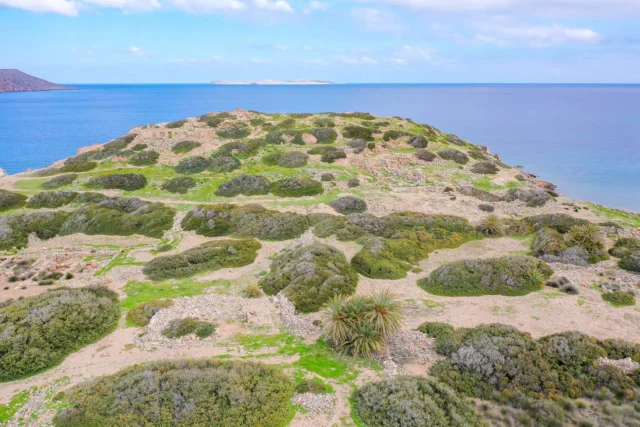
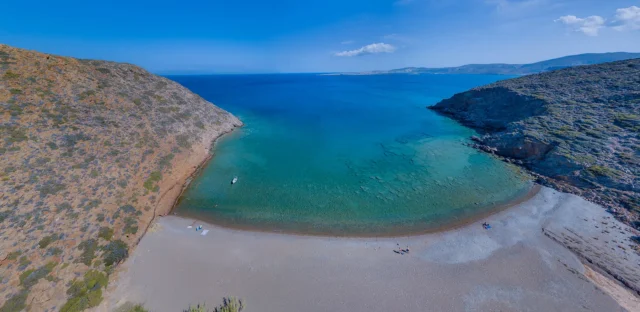
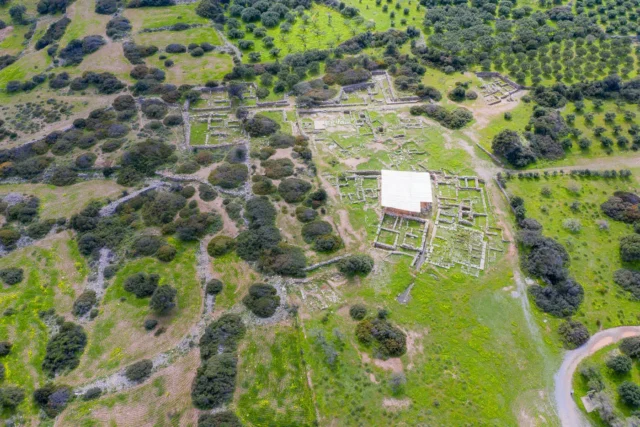
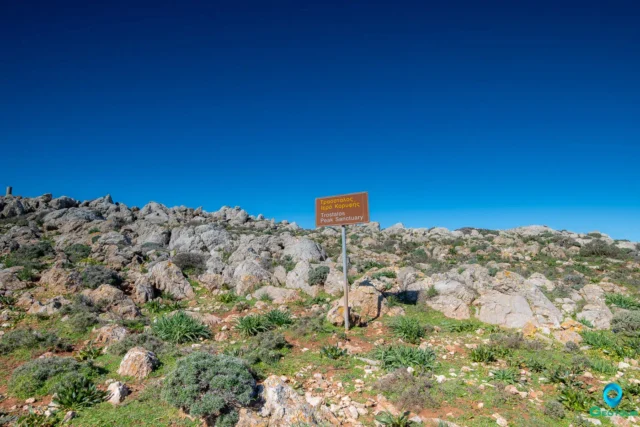

There are no comments yet.